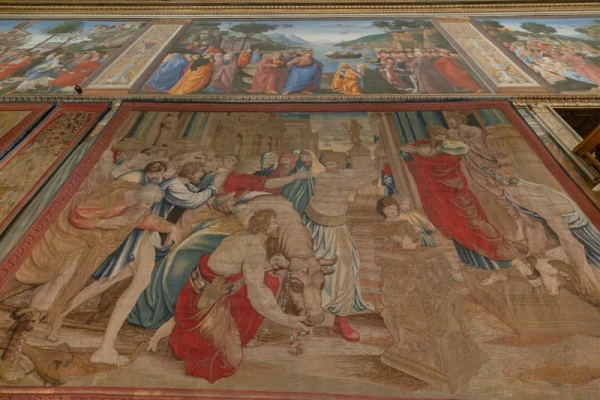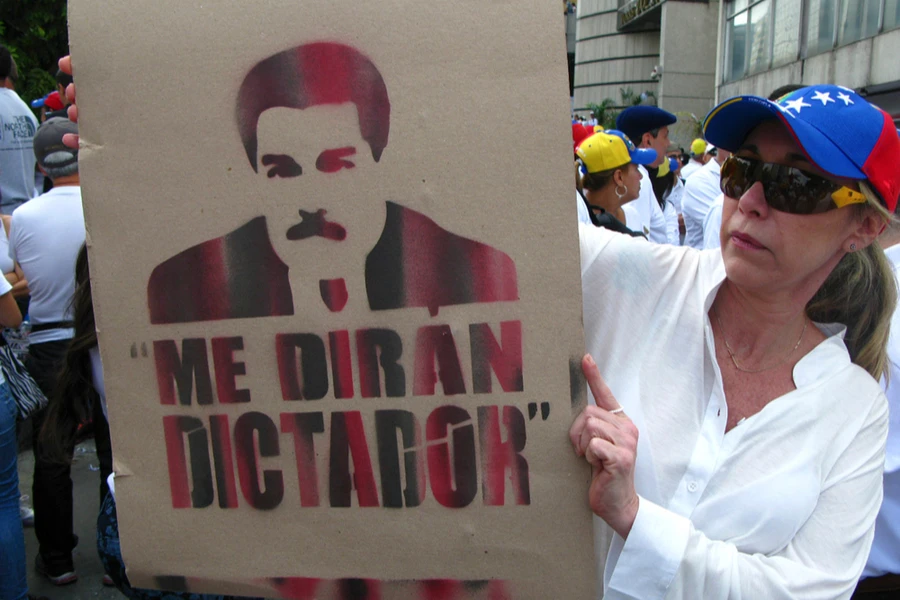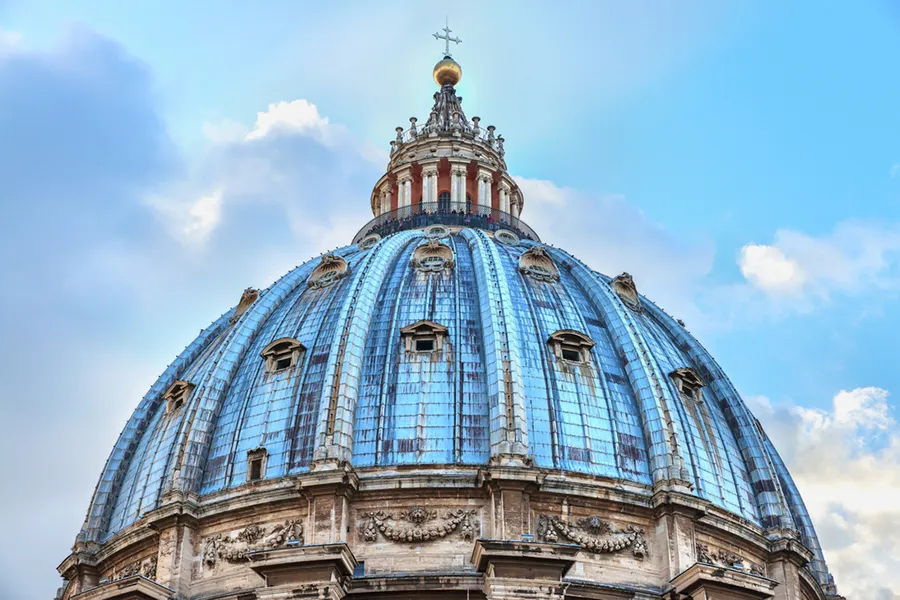
Vatican City, Feb 17, 2020 / 11:07 am (CNA).- Five hundred years after the death of Renaissance artist Raphael, the Vatican Museums has returned the tapestries he designed to their original place in the Sistine Chapel for just one week.
“The value of these tapestries is above all the fact that they complete the religious message of the [Sistine] Chapel,” Alessandra Rodolfo, the exhibit’s curator, told CNA Feb. 17.
The ten tapestries, which show scenes from the lives of St. Peter and St. Paul in the Gospels and the Acts of the Apostles, were commissioned by Leo X in 1515. Raphael made full-size sketches for their design.
The hangings themselves were completed by an influential Flemish tapestry weaver, Pieter van Aelst, in his studio in Brussels.
<blockquote class=”twitter-tweet”><p lang=”en” dir=”ltr”>Spent part of the early morning in the Sistine Chapel seeing these Raphael-designed tapestries from the 1500s. <br><br>They tell the stories of Sts. Peter & Paul and were commissioned by Pope Leo X to hang beneath Michelangelo's masterpiece.<br><br>They'll be displayed here just one week. <a href=”https://t.co/XhabRsNVXH”>pic.twitter.com/XhabRsNVXH</a></p>— Hannah Brockhaus (@HannahBrockhaus) <a href=”https://twitter.com/HannahBrockhaus/status/1229352568255664129?ref_src=twsrc%5Etfw”>February 17, 2020</a></blockquote> <script async src=”https://platform.twitter.com/widgets.js” charset=”utf-8″></script>
The works will be displayed in the Sistine Chapel Feb. 17-23, after which they will return to the Raphael Room of the Vatican Museums’ Pinacoteca area, where they have hung since 1932, Rodolfo said.
The tapestries were made to accompany Michelangelo’s frescoes on the ceiling of the Sistine Chapel, which were finished in 1512, as well as the slightly earlier Renaissance frescoes depicting the life of Moses and the life of Christ on the walls of the chapel.
They hang on the lower part of the walls, which are painted to look like curtains.
The tapestries arrived at the Vatican between 1519 and 1521. Raphael himself, who died in 1520, did not live to see them all completed.
“Raphael, together with Leo X, conceived the iconographic project of the tapestries,” Barbara Jatta, director of the Vatican Museums, said.
She told CNA the works are about the apostles bringing the Gospel to the world.
“So, in this place that is a universal place of art and faith, we have, incredibly, also the Gospel given to the people. Thanks to Raphael, thanks to Leo X,” she said.
“Raphael represents in some way the highest example of Renaissance art,” Jatta explained. “Through Raphael we want to share the values, not only of art, but also of faith” that his art represents, especially in his Sistine Chapel tapestries.
The ten tapestries were taken during the Sack of Rome in 1527. Those which were not burned ended up scattered throughout Europe.
The tapestries, some of which are early copies made from the first set, eventually were brought back to Rome and the Vatican.
At around 120 pounds, and covering together a length of over 100 feet, it took “a great effort” to hang the tapestries, Rodolfo said.
The exhibition of the tapestries in the Sistine Chapel is one of several exhibitions happening in Rome in 2020 for the 500th anniversary of Raphael’s death.
If you value the news and views Catholic World Report provides, please consider donating to support our efforts. Your contribution will help us continue to make CWR available to all readers worldwide for free, without a subscription. Thank you for your generosity!
Click here for more information on donating to CWR. Click here to sign up for our newsletter.






Leave a Reply